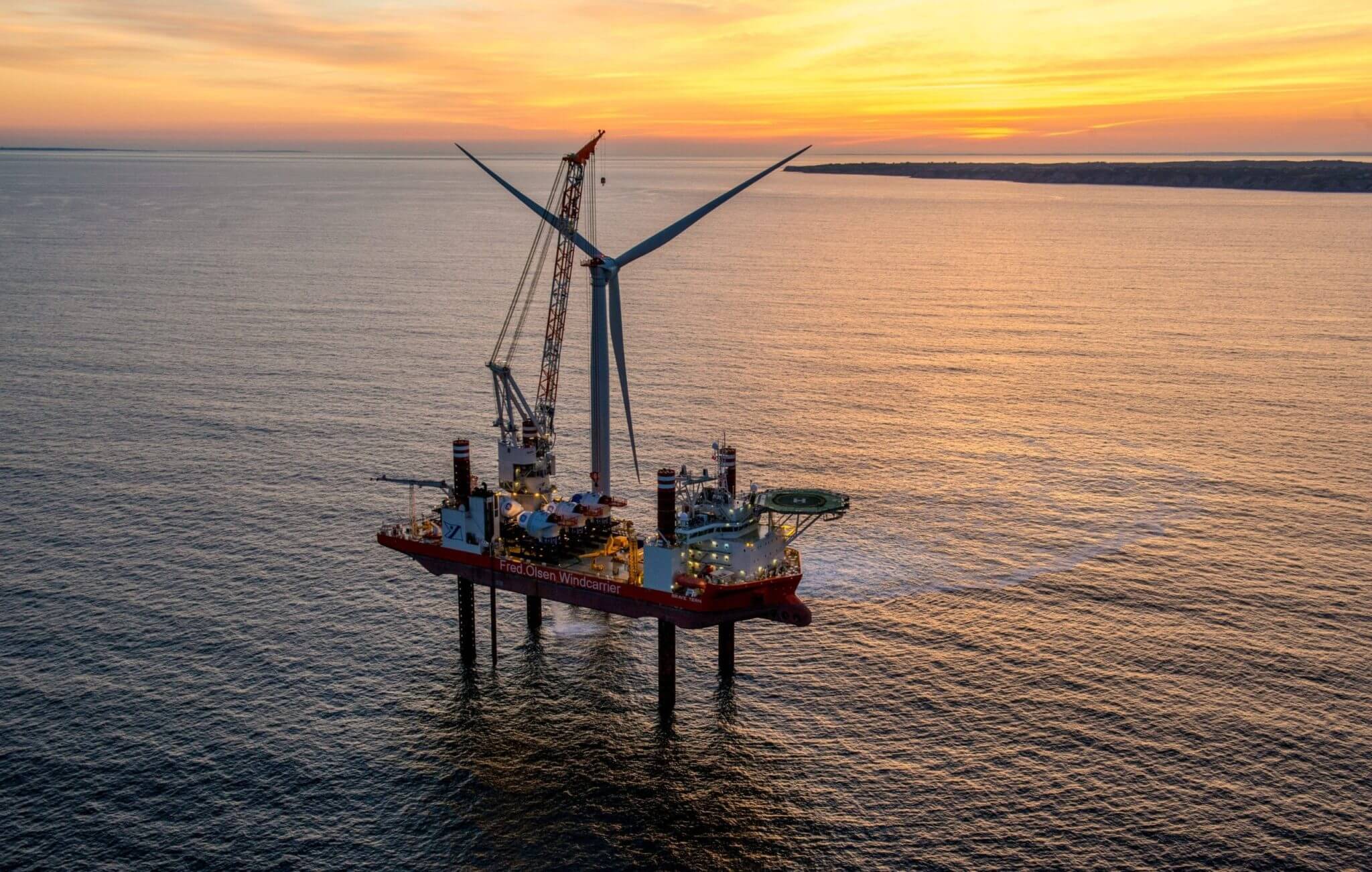Pioneering spirit high at AWEA’s Offshore Wind Conference
There’s a sense at AWEA’s 2016 Offshore Wind Conference that with the completion of America’s first offshore wind farm, history has been made.
Deepwater Wind CEO Jeff Grybowski said it best: “We’re on time, we’re on budget, and most importantly, finally, we’re at the start of something bigger than one offshore wind project.”
https://vimeo.com/188672657
Deepwater Wind’s Block Island Wind Farm is a symbol that offshore wind can be a reality in the U.S. And with that new industry will come new jobs, new supply chains and clean electricity close to large population centers.
Those benefits are already coming to fruition in Rhode Island, which is seeing a “cascade of economic benefits,” according to Sen. Sheldon Whitehouse. Rhode Island Gov. Gina Raimondo noted everything she does is focused on cutting unemployment in her state, and that’s a big reason why she’s championed the Block Island project. “I believe deeply in the job creating powers of new industries,” she said.
Proud to host @AWEA today, and that I'm the only Governor who gets to say our state is home to North America's 1st offshore wind farm https://t.co/kP9TL2jiWm
— Gina Raimondo (@GovRaimondo) October 25, 2016
While Rhode Island may have been first, other states are looking to follow its lead. John Rhodes, President and CEO of the New York State Energy Research & Development Authority, said that achieving New York’s 50 percent clean energy standard won’t be possible without offshore wind, and using that resource is good for both the environment and jobs. The Northeastern U.S. has a “perfect storm” of high demand, strong wind resources and the right technology for offshore wind to generate a growing percentage of the region’s electricity, according to Jim Bennett of the Bureau of Ocean Energy Management (BOEM).
“#NY has 39 #Gigawatts of #OffshoreWind potential close to where there’s most demand, #LongIsland & #NYC” #NYOffshoreWind #AWEA @AWEA
— NYSERDA (@NYSERDA) October 25, 2016
The offshore wind potential for the U.S. as a whole is vast, according to Jose Zayas, the National Renewable Energy Laboratory’s Director of Wind and Water Power Technologies. BOEM has already established leasing areas from Maine to South Carolina, for example. “This is really a national focus,” said BOEM Director Abigail Hopper.
Providing attendees an offshore wind update to the Department of Energy’s Wind Vision analysis, Zayas told the crowd offshore wind could help lower water consumption versus non-wind generation by five percent every year, create $2 billion a year in public health benefits by cutting pollution that costs lives, and eventually create 160,000 jobs.
The Block Island Wind Farm is just a start. Much work still needs to be done in order to realize America’s offshore wind power potential. But as AWEA CEO Tom Kiernan noted, this is a history-making event. It’s not every day that we’re able to generate the electricity our families and businesses rely on in a new way. U.S. wind power as a whole has great momentum, and when the country’s first offshore wind farm coming online shortly, it will be a watershed moment.




